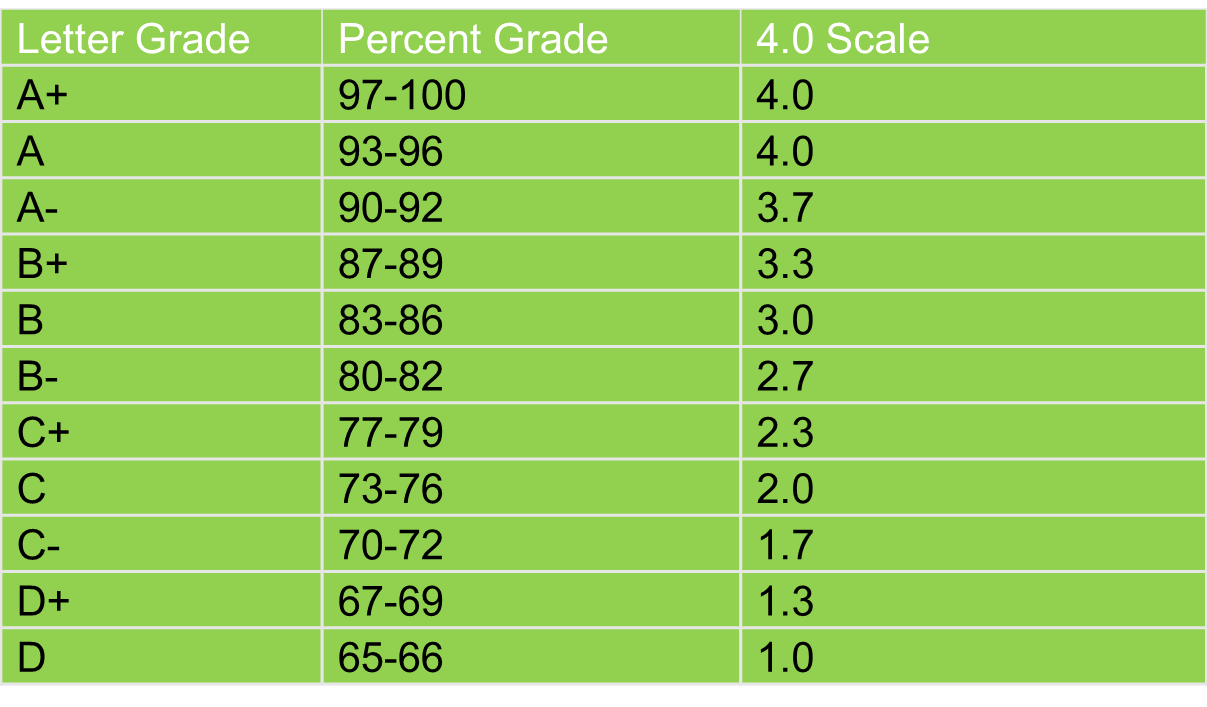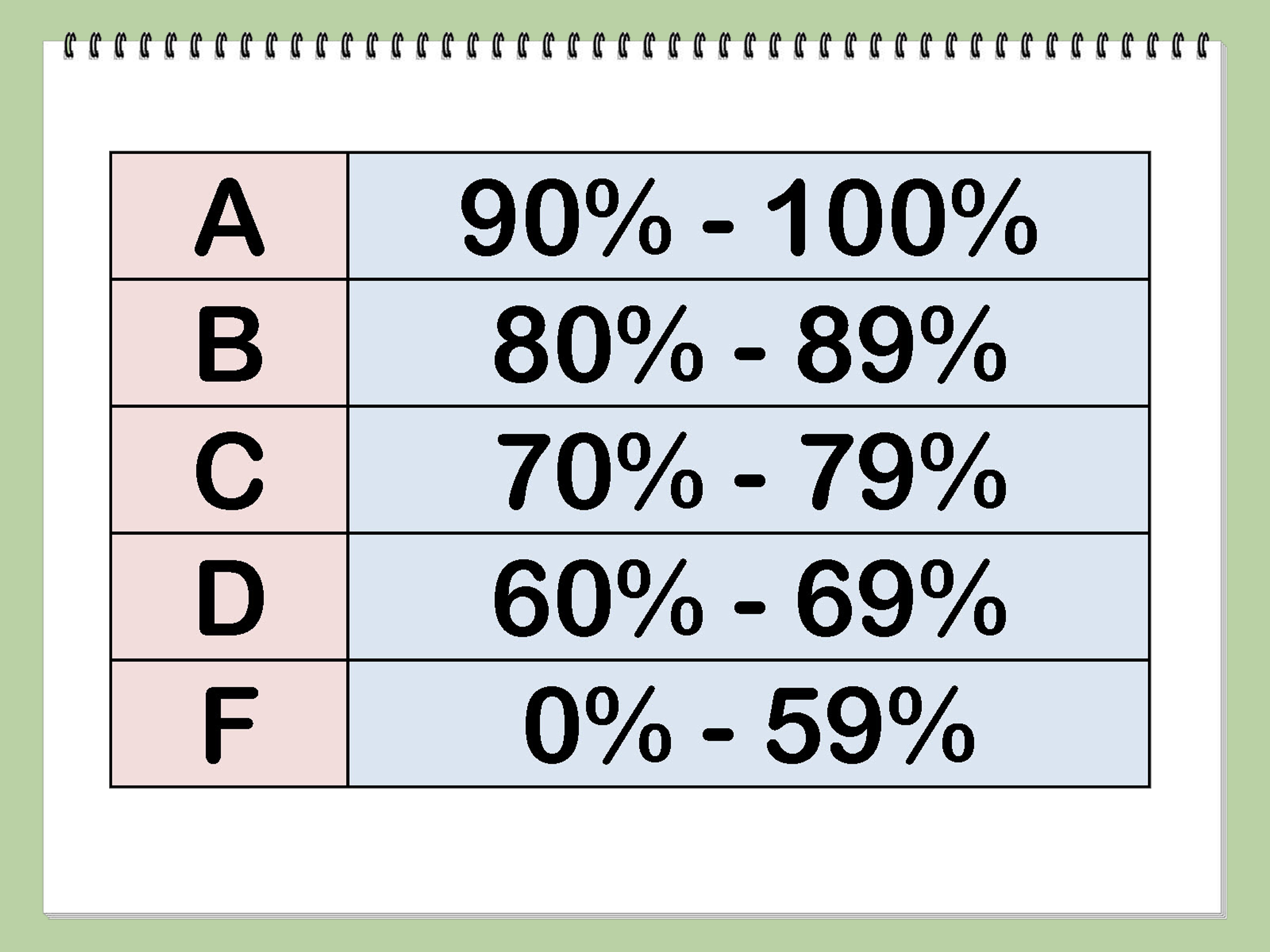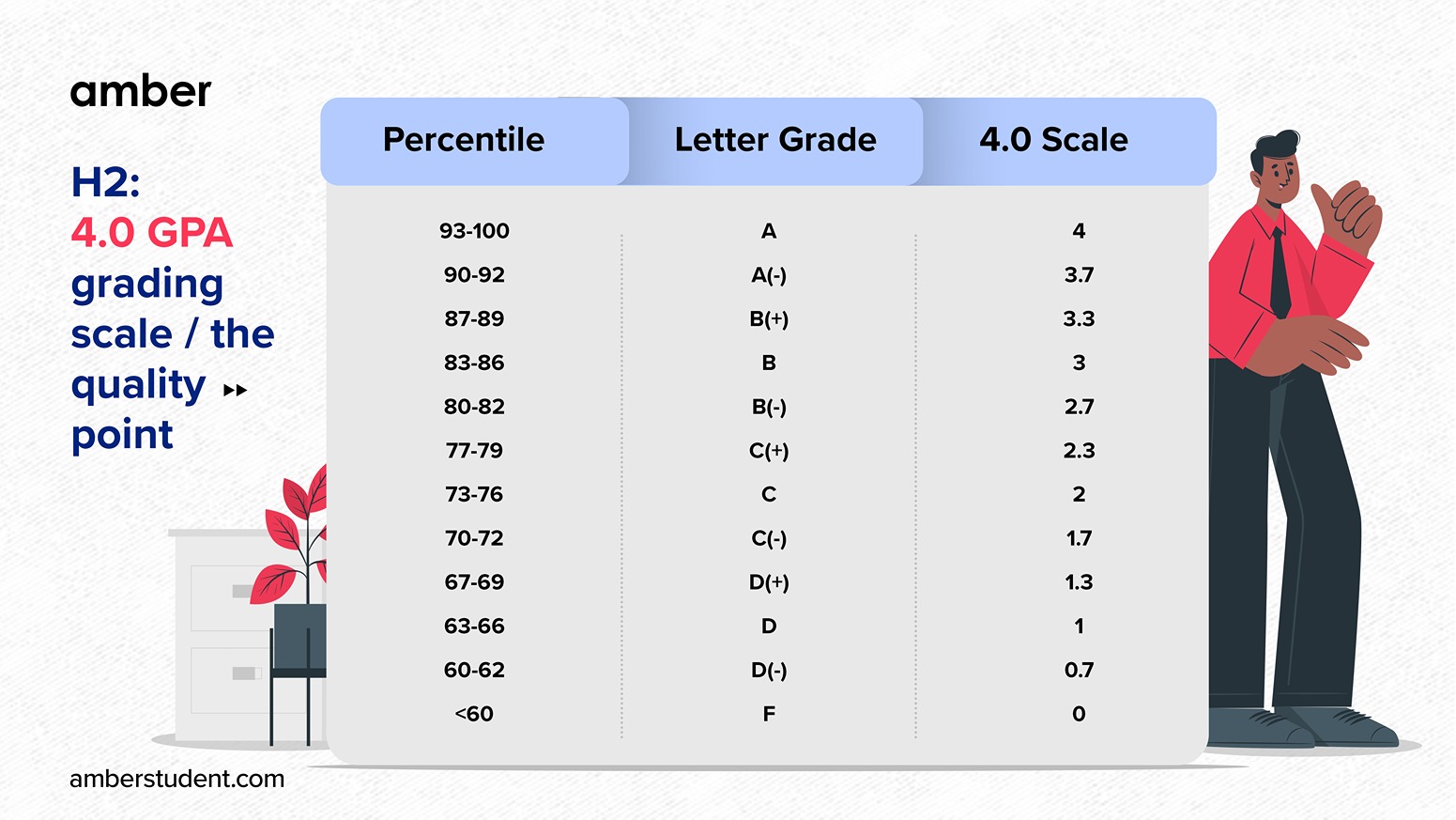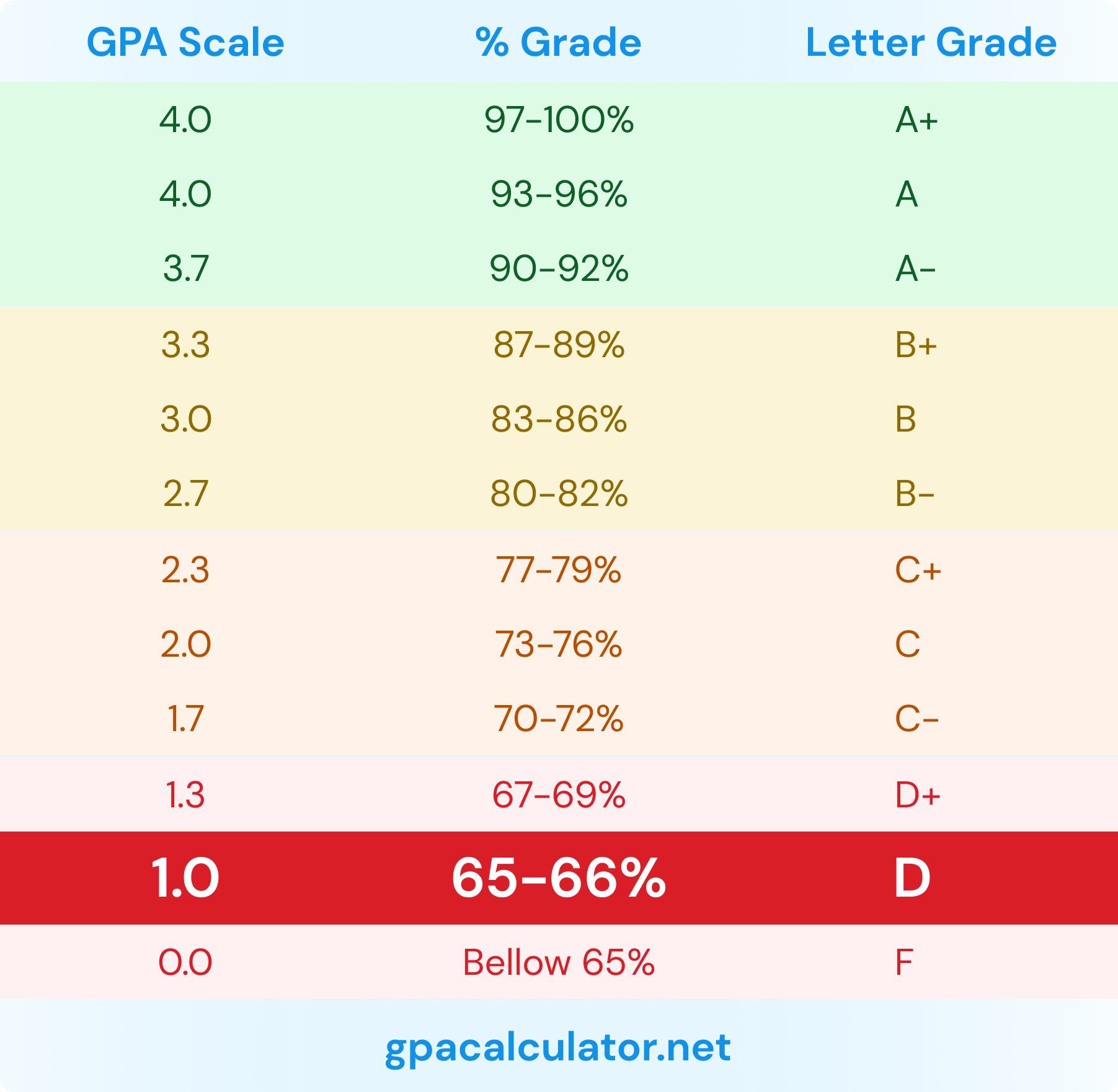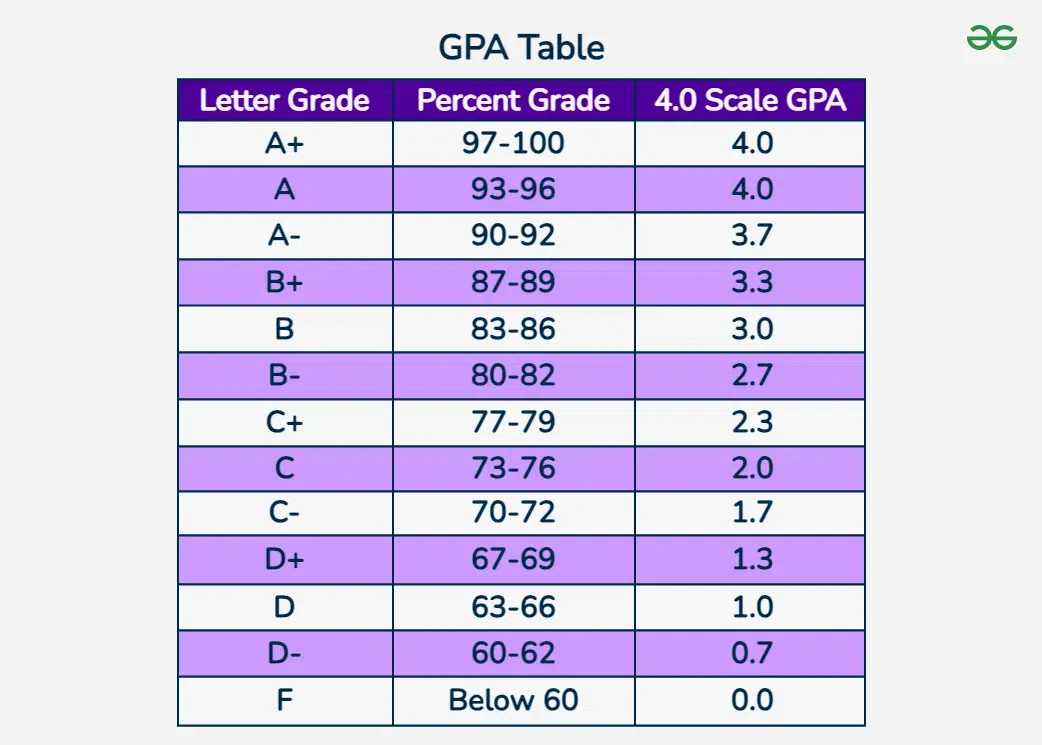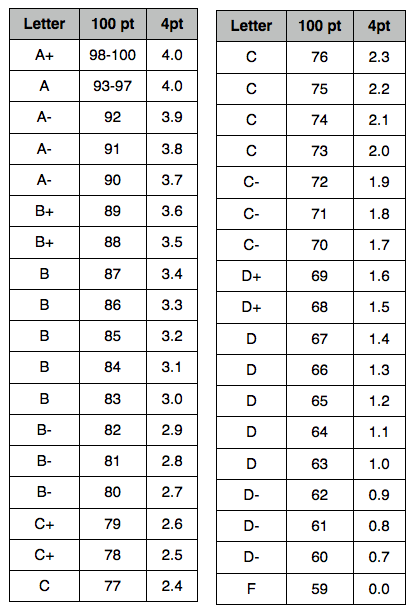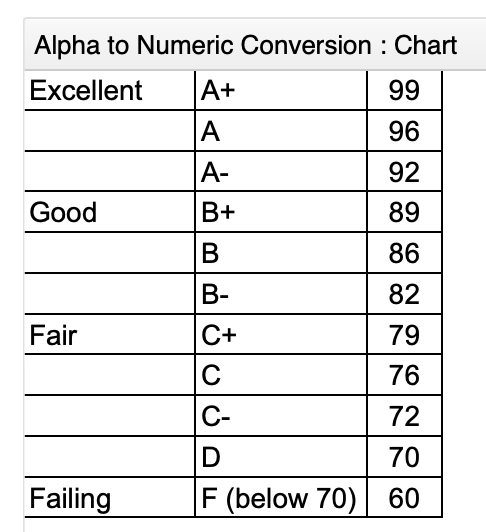What Grade Is A 92 Out Of 100

The seemingly simple question of what letter grade corresponds to a numerical score of 92 out of 100 has ignited debate and confusion across educational institutions. While a 92 often signifies strong academic performance, its translation into a letter grade can vary drastically, impacting students' GPAs, scholarship eligibility, and future opportunities.
This article delves into the nuanced world of grading systems, exploring the factors that influence the conversion of numerical scores to letter grades. We'll examine common grading scales, institutional policies, and the implications of these variations for students and educators alike.
Grading Scales: A Patchwork of Practices
The conversion of a numerical score to a letter grade isn't a universal standard. Instead, it's a landscape shaped by institutional policies, departmental guidelines, and even individual instructor preferences.
Many institutions adhere to a standard grading scale, but the devil is in the details. A common scale assigns 90-100 as an 'A,' but some further subdivide this range, awarding 'A+' to scores above 97, 'A' to 93-96, and 'A-' to 90-92.
Consequently, a 92 might earn an 'A-' in one class but a solid 'A' in another, depending on the instructor's chosen rubric.
The Impact of Plus/Minus Grading
The inclusion of plus and minus grades significantly alters the landscape. Plus/minus grading provides more granular feedback and allows for finer distinctions in student performance.
However, it also introduces greater variability in grade point averages. A student with mostly 'B+' grades may have a higher GPA than a student with several 'A-' grades, even though the numerical equivalent of 'A-' might be higher than 'B+'.
Some argue that this system is fairer, reflecting subtle differences in understanding and application. Others find it needlessly complex and potentially detrimental to student morale.
The Absence of a Standard
The lack of a nationwide standard grading system creates challenges for students transferring between institutions. A student transferring from a college where a 92 is an 'A' to one where it's an 'A-' might experience a decrease in their GPA.
This inconsistency can affect scholarship eligibility and admission to graduate programs. College admission offices have processes in place to evaluate grades in context, but inconsistencies can still lead to challenges.
According to the National Association of College Admissions Counseling (NACAC), interpreting transcripts from various schools with different grading systems is a common but complex part of the college admissions process.
Institutional Policies and Faculty Discretion
While institutions often set broad grading guidelines, individual instructors retain considerable discretion. Some instructors might curve grades, adjusting the scale to reflect the overall class performance.
For example, if the average exam score is low, an instructor might raise all grades by a certain percentage. This can effectively turn a 92 into something closer to an 'A+' on the new curve.
Other instructors might weight assignments differently, giving more importance to certain exams or projects. A 92 on a heavily weighted assignment will have a greater impact on the final grade than a 92 on a smaller assignment.
The Role of Syllabi
The course syllabus is the student's guide to understanding the grading policies of a particular class. It should explicitly outline the grading scale, the weighting of assignments, and any other relevant factors.
Students are encouraged to carefully review the syllabus at the beginning of each semester and to seek clarification from the instructor if anything is unclear. A well-defined syllabus promotes transparency and reduces potential misunderstandings.
Research by the Center for Teaching and Learning emphasizes the importance of a well-designed and communicated syllabus in student success.
Student Perspectives and Concerns
Students often express frustration about the variability in grading systems. They worry about the impact of these inconsistencies on their academic records and future prospects.
Many feel that a numerical score provides a more accurate reflection of their understanding than a letter grade. They argue that the rigid boundaries of letter grades can obscure subtle differences in performance.
There's a growing movement advocating for transcript reform, urging institutions to include numerical scores alongside letter grades. This would provide a more comprehensive picture of student achievement and facilitate fairer comparisons across different institutions.
The Future of Grading
The debate over grading systems is likely to continue, driven by concerns about fairness, accuracy, and student success. Some institutions are exploring alternative grading methods, such as competency-based assessment.
Competency-based assessment focuses on measuring students' mastery of specific skills and knowledge, rather than assigning grades based on a traditional point system. This approach aligns learning outcomes with real-world applications.
Whether the future holds standardized grading scales or a complete overhaul of the grading system, the conversation surrounding the meaning of a 92 out of 100 highlights the complexities of assessing student learning and its implications for their academic journey.
Ultimately, understanding the specific grading policies of each institution and each class is crucial for students to navigate the educational landscape successfully. A 92 is a strong score, but its final impact depends on the context in which it is evaluated.
